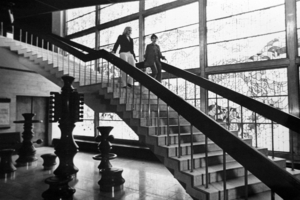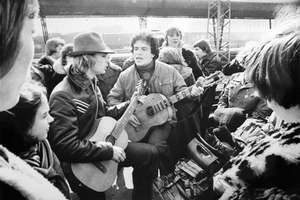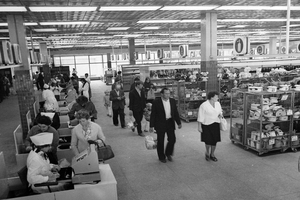“Wolfgang Tillmans. From Nightclubs to Metaphysics.” Review of Wolfgang Tillmans’ solo exhibition Lighter at the contemporary art museum Hamburger Bahnhof, Berlin, from March 21 to August 31, 2008. Published in Foto Kvartals 11, no. 3 (2008): 64-69.
Read moreExhibition review: the 4th Hamburg Photo Triennale
"Illustrated Stories. The 4th Hamburg Photography Triennial." Triennale der Fotografie Hamburg. Conferences and seminars take place from April 11 to 20, 2008, exhibitions throughout the summer. Published in Foto Kvartals 11, no. 3 (2008): 80-91.
Read moreExhibition review: the 11th Venice Biennale of Architecture
Review of the 11th International Architecture Exhibition — 2008 Venice Biennale of Architecture, Out There: Architecture Beyond Building, September 14 —November 23, 2008. Directed by Aaron Betsky. Published in Studija 62, no. 5 (2008) .
Read moreExhibition Review: Hotel Polonia at the 11th Venice Architecture Biennial
“Photographs that Predict the Future.”
The 11th International Architecture Exhibition — 2008 Venice Biennale of Architecture, Out There: Architecture Beyond Building, September 14 —November 23, 2008. Directed by Aaron Betsky.
Review of the Polish pavilion, Hotel Polonia, at the 11th Venice Architecture Biennale. Foto Kvartals 14, no. 6 (2008). In Latvian only.
I reviewed the rest of the biennale in Studija 62, no. 5 (2008).
View the article on Foto Kvartals magazine online archive,
Pavilion Polonia, exhibition "Hotel Polonia. The Afterlife of Buildings", Venice, photo M. Długosz; courtesy of Zachęta – National Gallery of Art, Warsaw
Read more about Hotel Polonia on the project’s website.
Click on any image below to download full article pdf.
Exhibition review: Manifesta 7, Trentino – Alto Adige, Italy
"The Simple Truths of the Complicated Person, or Vice Versa." Review of Manifesta 7, European Biennial of Contemporary Art, Trentino - Alto Adige/ South Tyrol region, Italy, July 19 - November 2, 2008. Published in Studija 61, no. 4 (2008).
Read moreThe Language and Value of Things under Communism and Capitalism
“The Language and Value of Things under Communism and Capitalism,” Dizaina Studija 16, No. 6 (2008): 66-74; 86-88.
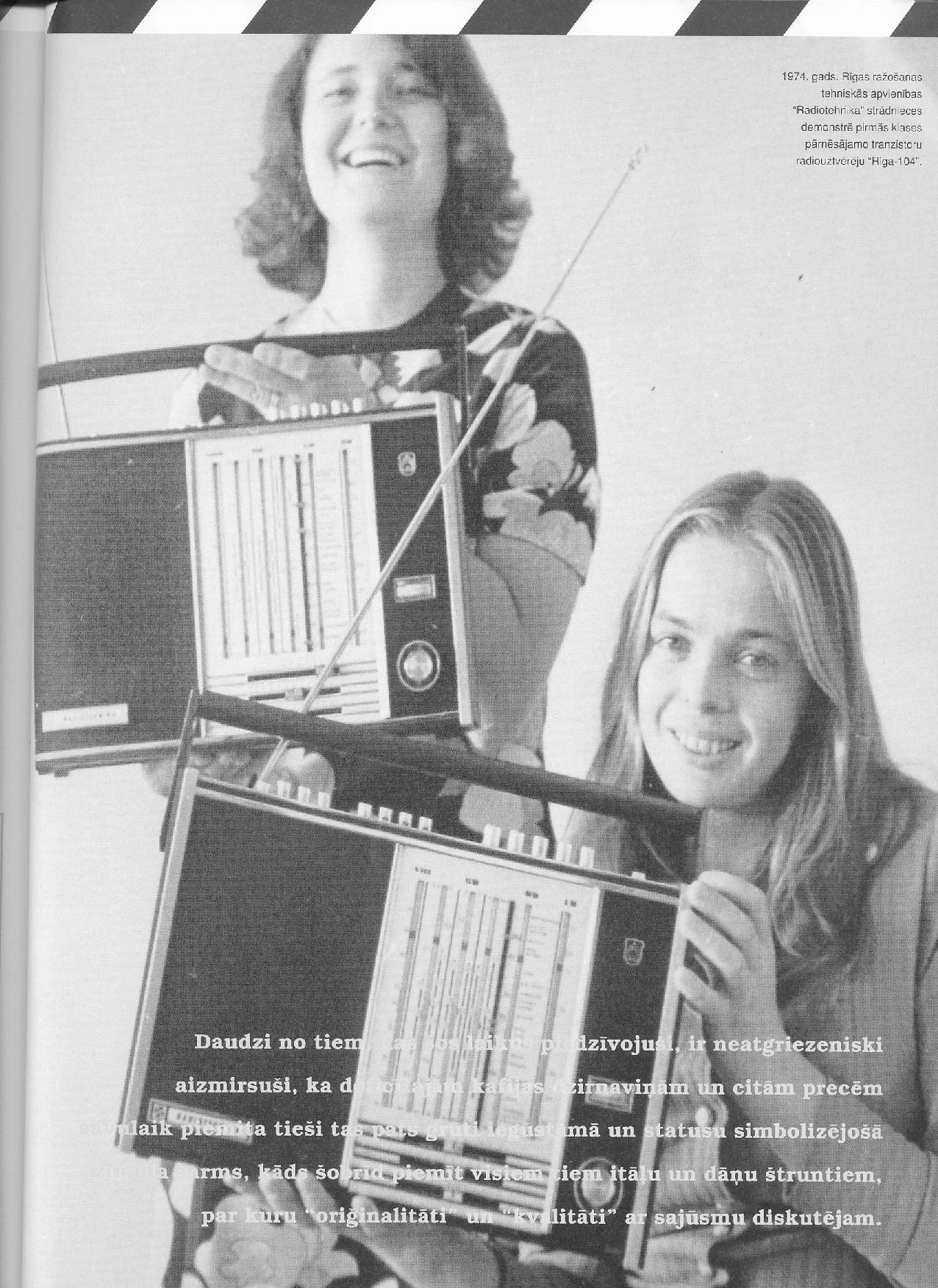
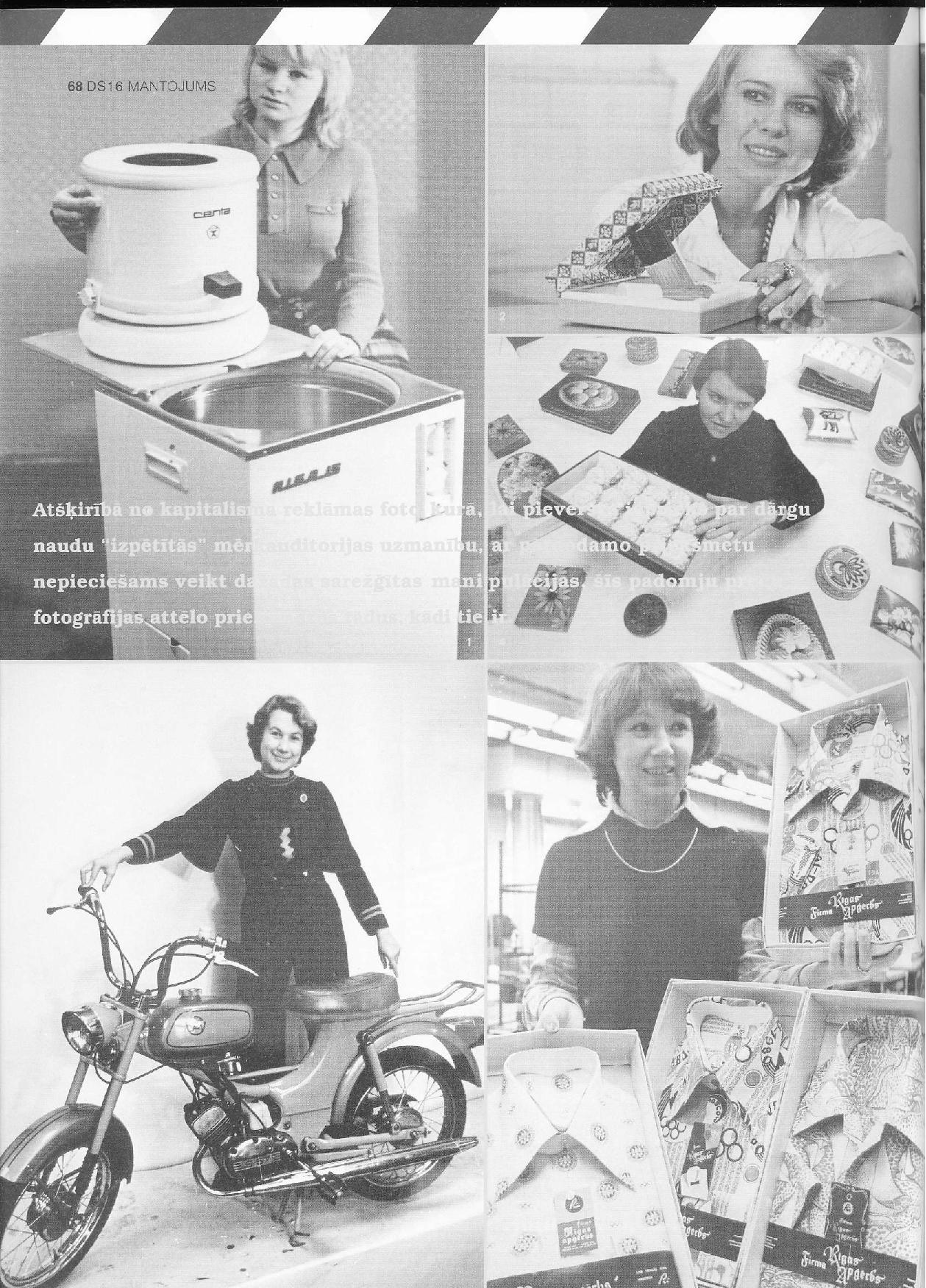
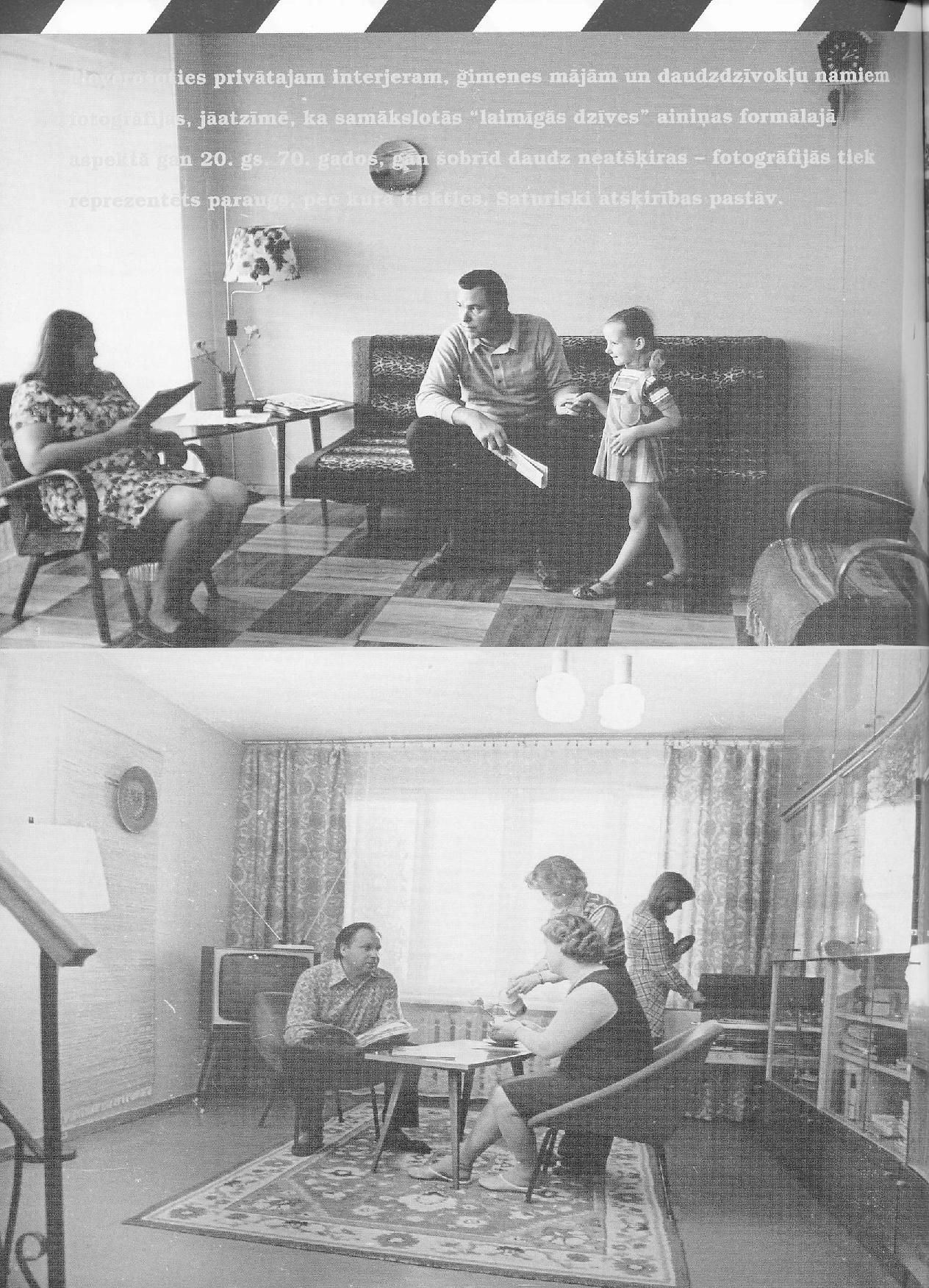
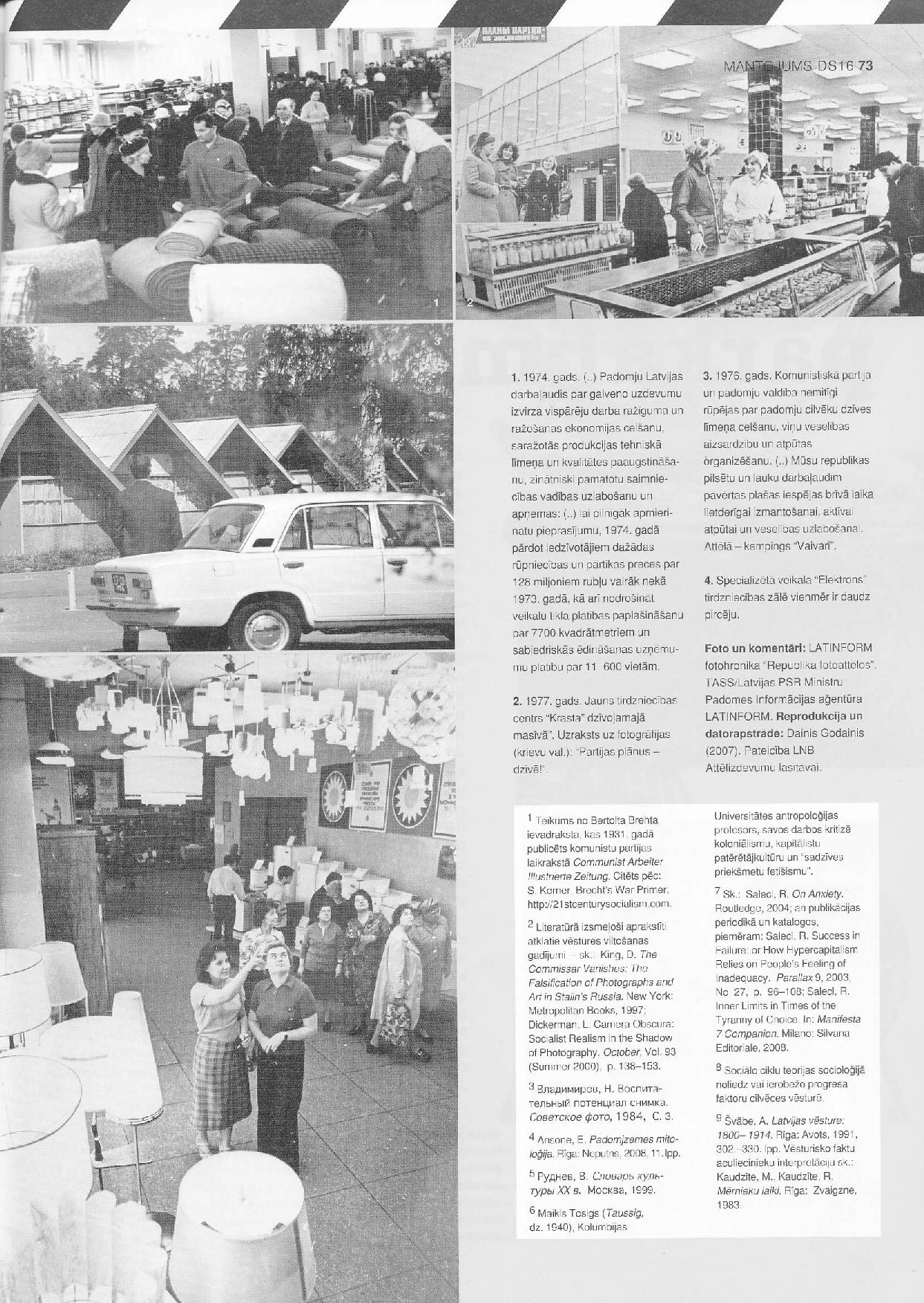
Photographs published in the postwar Soviet era magazines and newspapers eloquently describe for the next generation the grain and sugar beet harvests in collective farms; the increase in production in significant manufacturing facilities: the huge volume of milk gained from cows and the accomplishment of the five-year plan over a period of three or four years in factories; the triumph of the will of the people over the elements of nature and the continually increasing prosperity of the proletariat. Examining the visual material in chronological order, a gradual change in emphasis can be observed.
There are gradual changes in the choice of scenery and in the formal structure of photographs. The depiction of growth was often politicized in the Stalin era. That later turned into the final tiredness of the period of stagnation which is exemplified by the inexpressive portraits of members of the politbureau and other officials frequently appearing in the press in the 1980s. This tiredness, in turn, soon was shaken up by the unrest of perestroika and glasnost.
Meanwhile, a sort of “golden age” existed among these extremes in the 1970s. That was a time when for many Soviet citizens a certain level of comfort and well-being in everyday life became accessible. When examining photographs that speak of this golden age, it is not possible to overlook the surprising similarities with the ways how Latvia’s current version of capitalism is expressed in press and advertising photographs.
Art Belongs to the People! Socialist Realism in Photography
“Art Belongs to the People! Socialist Realism in Photography,” Foto Kvartals 10, No. 2 (2008): 50-67; 95.
Although the term Socialist Realism traditionally is used in relation to painting, sculpture, literature, and cinema, photography of the Soviet era was also supposed to follow this ideology. This article offers a glimpse into the principles of Socialist Realism in the images from the photographic chronicle "Republic in Photographs" that was distributed to Latvian newspapers by TASS / Information agency LATINFORM of the Council of Ministers of Soviet Socialist Republic of Latvia from 1974 to 1978.
Socialist Realism, Capitalist Realism, and Documentary Photography
"Socialist Realism, Capitalist Realism, and Documentary Photography: A Comparison of Illustrations from a Soviet Newspaper (1977) and a Global Lifestyle Magazine (2007)," in Mythology of the Soviet Land (Riga: Latvian National Museum of Art, 2009), 268-290. ISBN 9789984807225. Proceedings of the international academic conference Problems of Interpretation of the Art of Socialist Realism, Riga, Latvia, May 19-20, 2008.
Although the term “Socialist Realism” is mostly used to refer to painting, sculpture, literature, and film, the principles of the Soviet ideology and Socialist Realism are also reflected in the photography of the Soviet period. This can be seen both in press photography and in representative photography that made up the majority of photographic materials that were seen in the Soviet public spaces.
This paper focuses on press photographs that were published in Soviet Latvia between the late 1950s and late 1970s. I trace the application of some of the principles of Soviet Socialist Realism and offer a few parallels and comparisons between Soviet-era press photographs and the flourishing genre of the capitalist world, advertising photography. The paper is based on visual materials such as illustrated books about economy of Soviet Latvia, press photographs, and the photo chronicle that was delivered to newspapers in Soviet Latvia by the LATINFORM news agency on a regular basis under the title “Our Republic in Photographic Images.”
My comparison of Soviet-era press photos to advertising photographs from the capitalist world is based on the similar functions assigned to these images. The task of the Soviet press photograph was to create and uphold the impression the Soviet Union’s victorious progress. They served as an endless “advertising” of the Soviet state’s ideals—collectivism, superiority and achievements of the proletariat. In capitalist economy, commercial advertising photography serves similar goals: to create and uphold the impression of the “goodness” of capitalist economy. This comparison suggests that the media under any kind of state system or economy publish ideologically charged photographs, very often pretending that the images are actually something else, that they represent “truthful” and therefore highly believable evidence that has been photographed, i.e. collected by mechanical—objective—means.”












